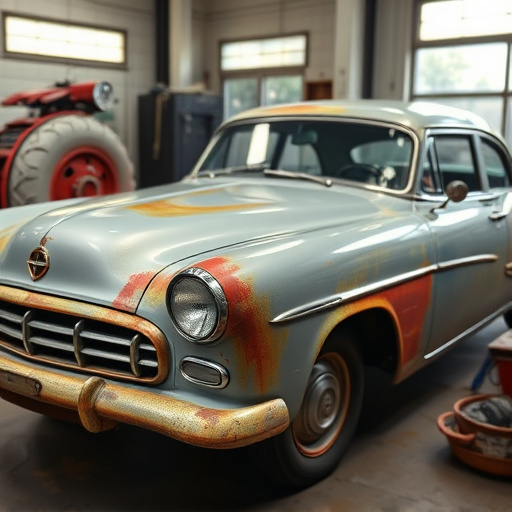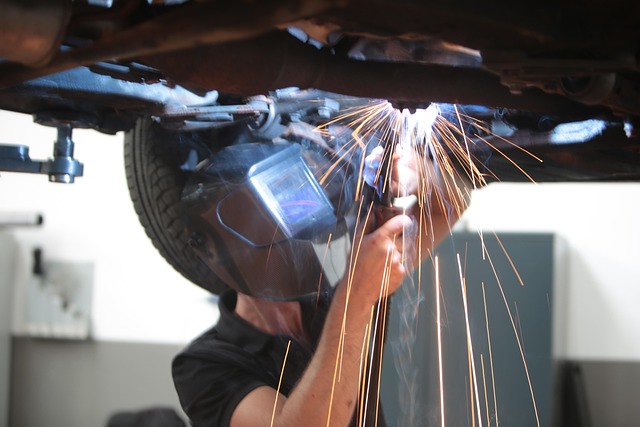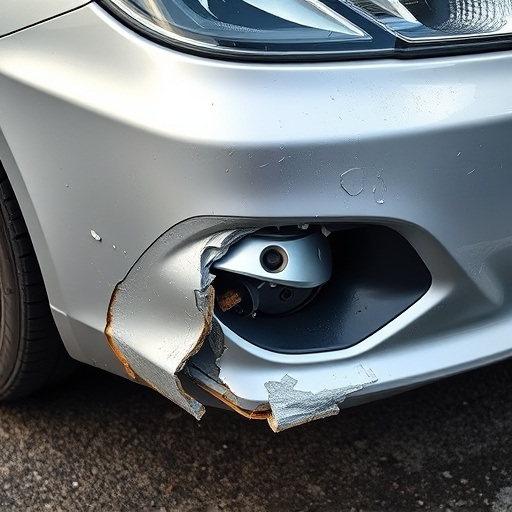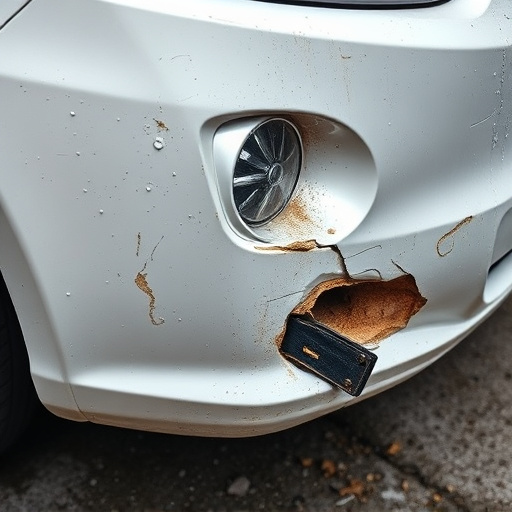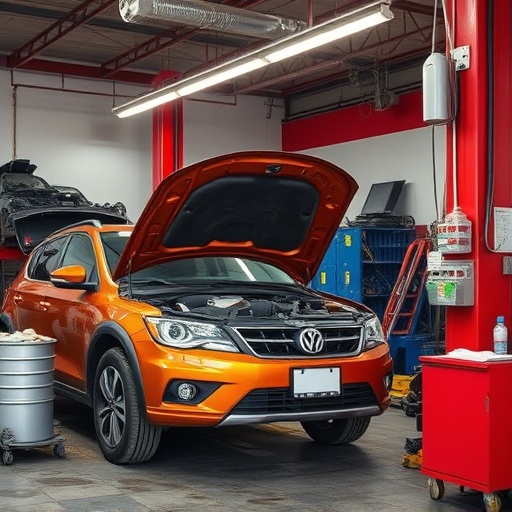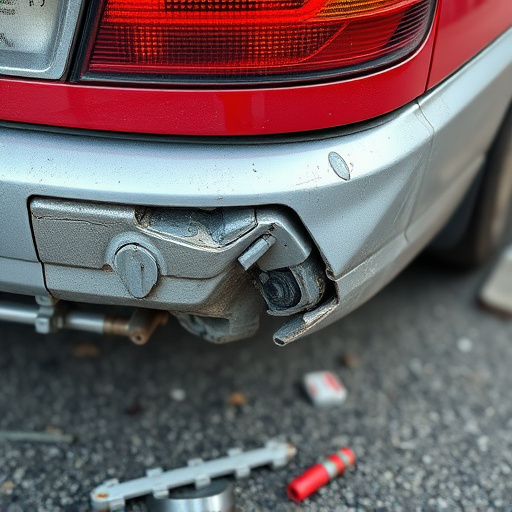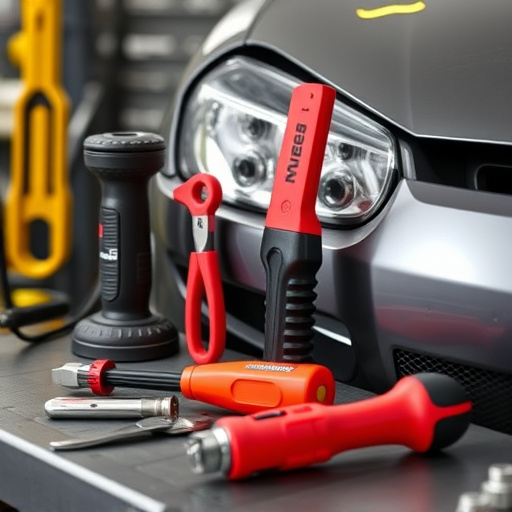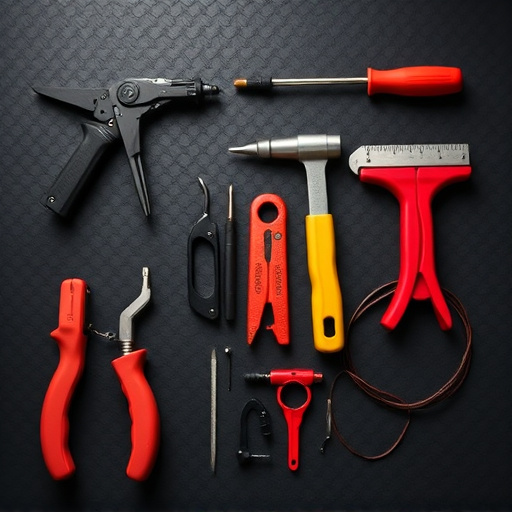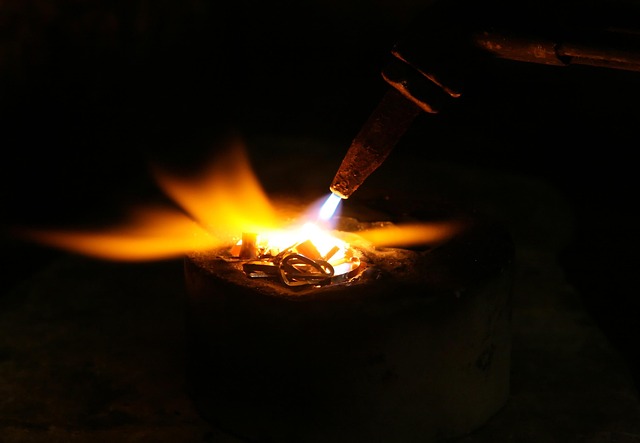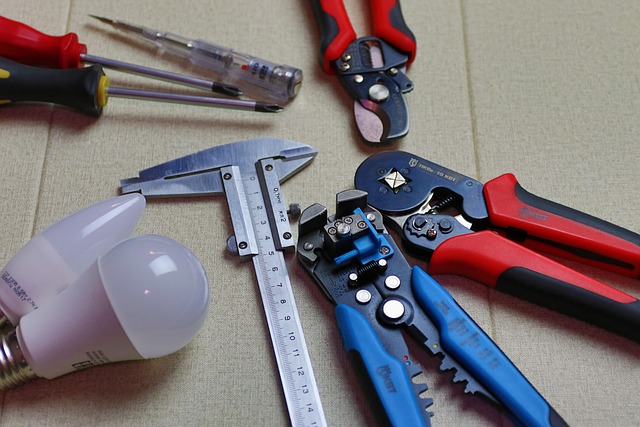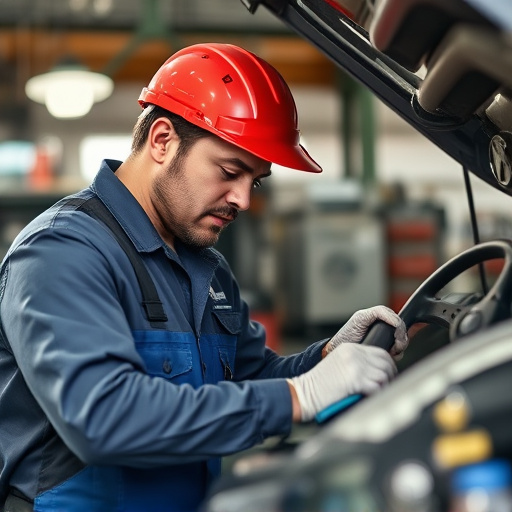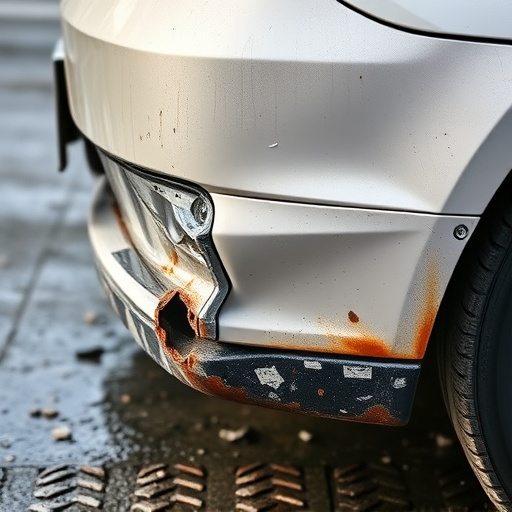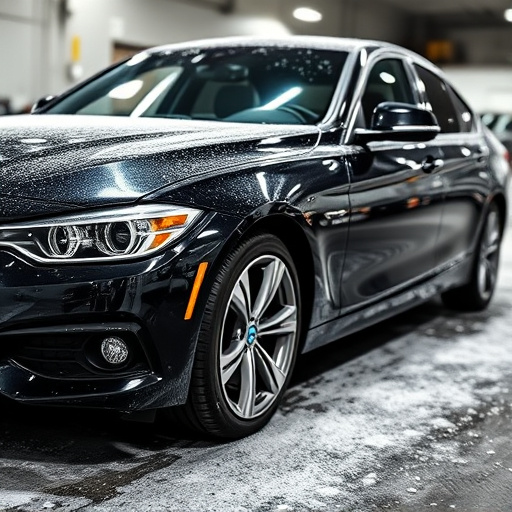Computerized frame measurement (CFM) is transforming auto body repair and alignment by offering unprecedented accuracy, efficiency, and resource optimization. Using advanced sensors and algorithms, CFM streamlines processes in collision centers, enabling technicians to focus on intricate work. Digital records enhance decision-making and maintain superior quality standards. However, CFM faces challenges like high implementation costs and the need for regular updates, while manual expertise remains vital for complex cases or significant damage. Despite these, technological advancements aim to balance precision with cost-effectiveness.
In the realm of construction and manufacturing, accurately measuring frames is paramount. Traditionally, manual methods have been the norm, involving meticulous rule and tape measurements. However, the advent of Computerized Frame Measurement (CFM) has revolutionized this process. This article delves into the comparison between CFM and manual techniques, highlighting the advantages and disadvantages of each. By exploring these options, businesses can make informed decisions to enhance efficiency and precision in their frame measurement practices.
- Understanding Traditional Manual Frame Measurement
- Advantages of Computerized Frame Measurement
- Disadvantages and Considerations for Computerized Systems
Understanding Traditional Manual Frame Measurement
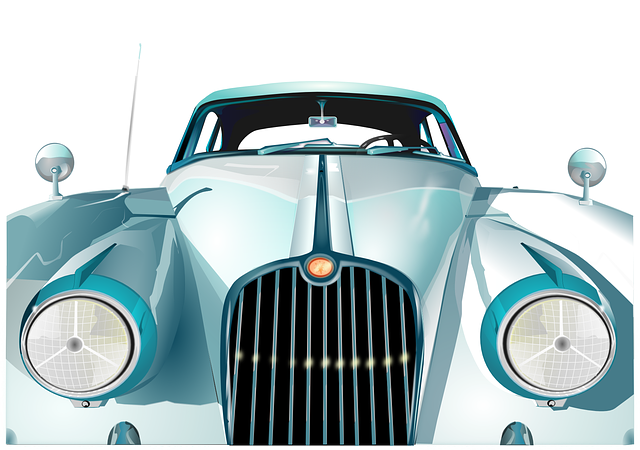
In traditional manual frame measurement, skilled technicians use calipers, tape measures, and other handheld tools to assess the dimensions and alignment of a vehicle’s structure. This meticulous process involves visually inspecting each component—from the body panels to the chassis—to ensure they are straight, parallel, and evenly spaced. It’s a labor-intensive approach that demands precision, experience, and often multiple measurements to account for human error. For years, this manual method has been the industry standard, especially in tire services, paintless dent repair, and auto body work, where even minor deviations can significantly impact safety and aesthetics.
Despite its long history, manual frame measurement is not without limitations. It’s time-consuming, prone to inconsistencies among different technicians, and difficult to document accurately. These drawbacks have spurred the development of computerized frame measurement systems, which promise enhanced efficiency, consistency, and accuracy in auto body repair and alignment processes.
Advantages of Computerized Frame Measurement
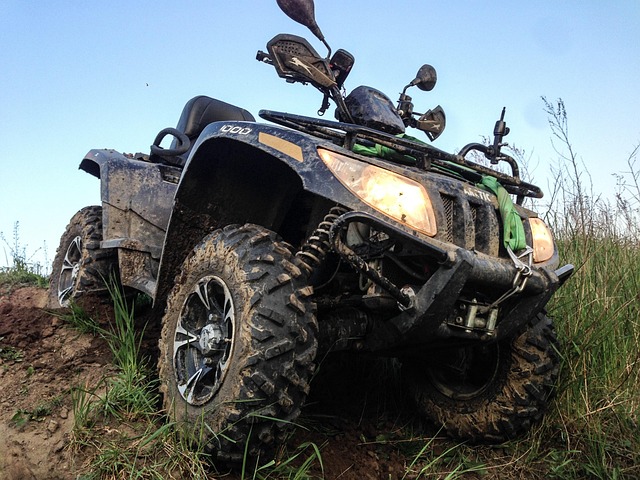
Computerized frame measurement offers several advantages over traditional manual methods used in car restoration and automotive collision repair. Firstly, it significantly enhances accuracy and precision. Advanced sensors and software algorithms capture detailed data points, ensuring measurements are consistent and reliable. This is particularly crucial for complex vehicle structures where even minor discrepancies can affect the overall integrity of the repair.
Secondly, computerized frame measurement streamlines the process in collision centers, saving time and resources. By automating repetitive tasks, technicians can focus on more intricate aspects of car restoration, improving efficiency. Moreover, digital records provide easy access to a vehicle’s history, enabling better decision-making during the repair process. This advanced approach is a game-changer for maintaining the quality and safety standards in automotive collision repair.
Disadvantages and Considerations for Computerized Systems

While computerized frame measurement offers numerous advantages in terms of accuracy and efficiency, it’s not without its disadvantages. One significant consideration is cost; implementing and maintaining sophisticated computer systems can be expensive for smaller repair shops or individual technicians. Additionally, these systems heavily rely on regular updates and calibrations to ensure precise measurements, which can add another layer of complexity and expense.
Another important factor is adaptability in diverse scenarios. Unlike manual methods that allow for more intuitive adjustments and quick problem-solving, computerized systems may struggle with unexpected issues or unique vehicle structures. In collision repair or fender repair, for instance, where vehicles often have complex designs or sustained significant damage, manual expertise remains invaluable for quality control and ensuring the safety of repairs in car restoration projects.
In the realm of frame measurement, both manual and computerized methods offer unique advantages. While traditional manual techniques have long been the industry standard, requiring skilled labor and time-consuming precision, computerized systems revolutionize this process. They provide faster, more accurate results, reducing human error and increasing efficiency. However, implementing computerized frame measurement is not without considerations; cost, initial setup, and data security are essential factors to address. Ultimately, as technology advances, the shift towards computerized methods promises a smoother, more streamlined workflow for various industries, making it a promising game-changer in precision measurements.
